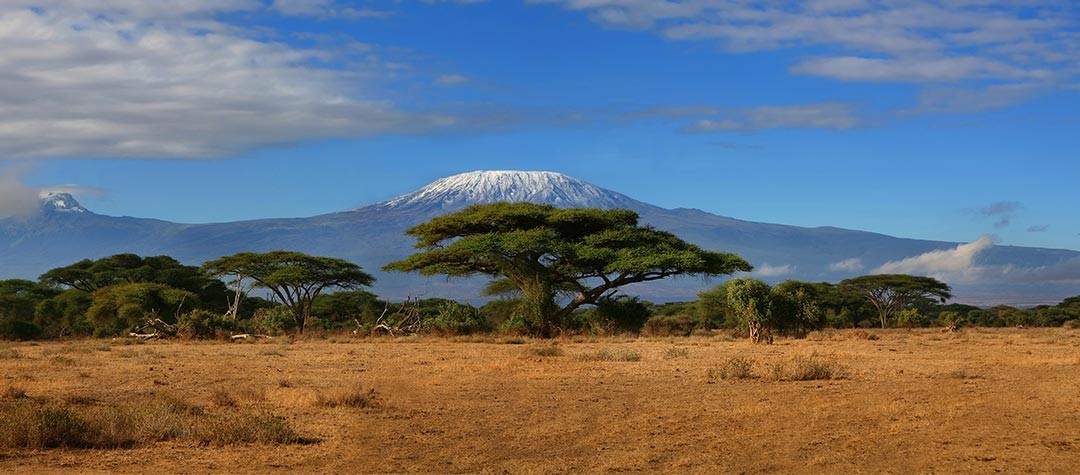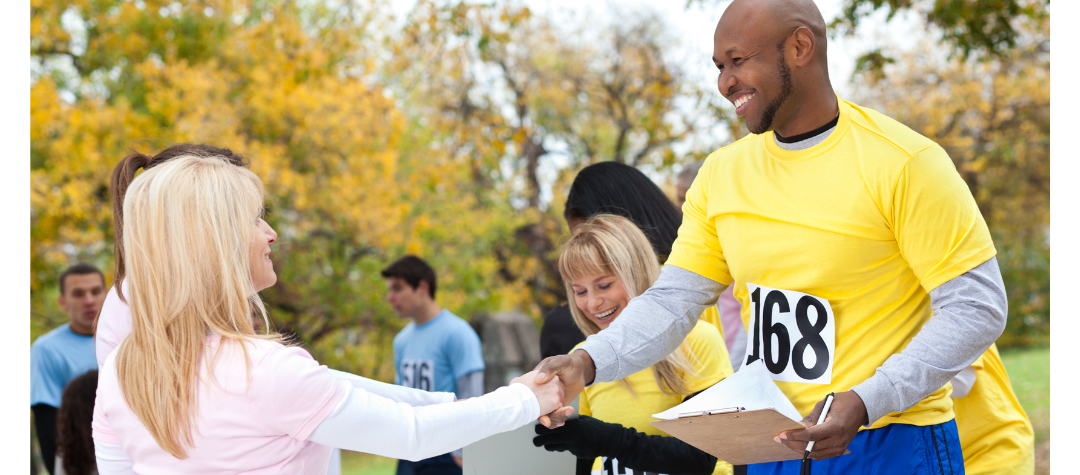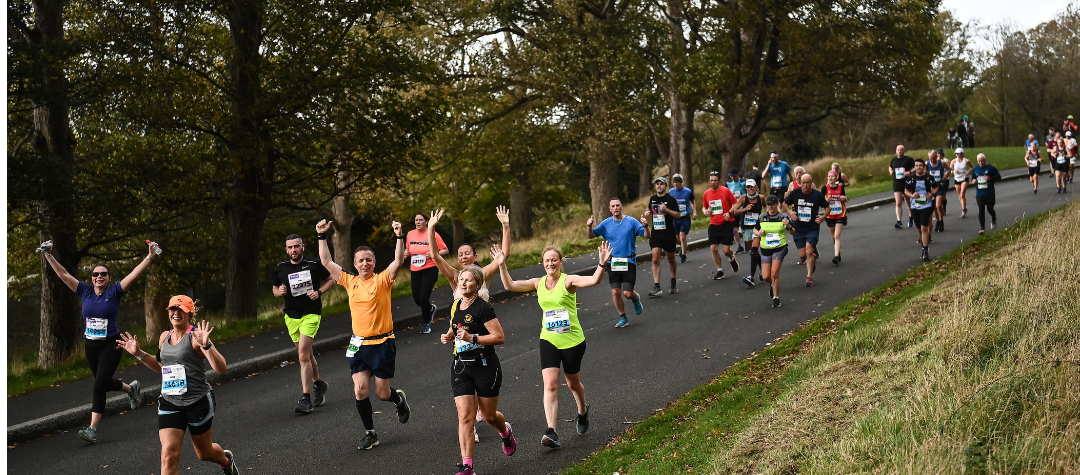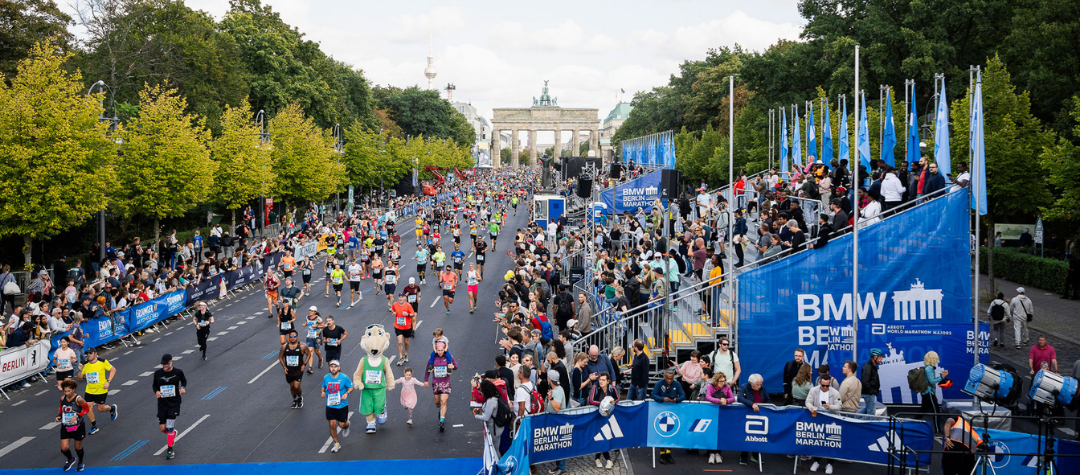A trek up Kilimanjaro offers a unique experience as you pass through rainforests to reach the high-altitude rocky Shira plateau. Then cross the icy Kibo glaciers to finally reach the snow-capped summit for awesome views across Africa and an immense feeling of achievement.
Trekking up Kilimanjaro
To climb Kilimanjaro you must go as part of an organised trek with a licensed mountain tour operator. Porters will carry the majority of your food and equipment as well as cook all of your meals for you. For the trek you only need to carry a rucksack containing food, water and warm clothing.
There are a number of routes to choose from for a trek up Kilimanjaro. But choosing the route most suited to your physical abilities is probably the most important decision that you will make. The minimum route duration is five days but many trekkers opt to take seven to eight days in order to acclimatise and also to enjoy the experience that little bit more.
The Machame route
The Machame route offers trekkers the best chance of reaching the summit, combined with the best scenery and wildlife to be enjoyed on the mountain. This route is widely regarded as the best to take because the Machame route allows for gentle acclimatisation – trekkers who fail to reach the summit of Kilimanjaro often do so, not because of lack of fitness, but because they have failed to acclimatise properly.
The highlight of the trek is undoubtedly the final summit day. Just after midnight your porters will wake you in your tents with a warm drink before you set off for the summit, guided through the darkness by your head-torch. After a seven-hour trek you will reach the summit as daylight breaks for some stunning views and an amazing feeling of achievement. There's time to pose for a few photos before the five to six-hour descent for a well-earned rest at the huts. After reaching the summit the quickest and easiest descent is via the Marangu route where you can receive your certificate and enjoy a safari or a trip to the beautiful beaches of Zanzibar.
Day-to-day Kilimanjaro itinerary
Day 1
You’ll be collected by your guides and driven to the Machame Park gate where you pay your park fees and then don your rucksacks for the adventure ahead. Surprisingly, you’ll start your ascent of the mountain dressed in just shorts and a t-shirt and make your way through the mountain forests on the mountain's foot slopes. The trail is very muddy in places and gaiters are recommended. After about six hours of jungle scenery you emerge at your first campsite amongst the giant heathers. You’ll then watch an amazing sunset as the porters cook your first meal and you can settle down to think about the adventure that lies ahead.
Day 2
After breakfast you set off for day two, where your trek leads you out above the forest and onto open moorland dotted by giant heathers. One of the most fascinating aspects of climbing Kilimanjaro is the huge change in scenery in just a few short days, from jungle to the ice-capped summit. The day's trekking ends near the Shira Cave where the porters will be waiting with a well-earned meal.
Day 3
As you progress on day three, the adrenaline really starts to set in as you can see your goal for the first time when the icy glaciers on the summit appear. As you gain altitude on the mountain, the vegetation starts to be replaced by a rocky, bouldered landscape. The day's walking takes you high on the mountain before descending into the Barranco Valley to camp at 12,959 feet (3,950 metres). Climbing higher on the mountain during the day and then dropping back down into the valley considerably assists acclimatisation to the high altitude and increases your chances of summiting successfully.
Day 4
This is an exciting day as your guides lead the way up the incredibly steep and imposing Barranco Valley wall. It’s very easy-going though and soon you emerge to drop down and camp in the Karanga Valley, next to the streams. Some people at this point start to feel the effects of the thinner oxygen at this altitude but everyone is excited as the summit is just two days away. On the lower slopes you've just been sleeping in your sleeping bag, but tonight you slide into your fleece sleeping bag liner too, as the night-time temperatures drop below freezing.
Day 5
Day five takes you from the Karanga Valley campsite to your final campsite before the summit. The day is relatively short and easy and you reach your campsite in the early afternoon to have a good rest and sleep, ready for the hard summit day in the morning. As you approach the campsite there are light patches of snow underfoot and everyone is pumped-up and ready to go for the summit the next day.
Day 6
Due to a combination of excitement and the high altitude, you won't have slept much when the porters rustle you out of your tent at midnight. (Starting the summit day in darkness is essential as the ice and snow will be frozen solid and will be safe to walk on. After sunrise the glaciers can become unstable to climb). The porters have already been up and prepared a welcome hot drink for everyone before you put on your head-torches and rucksacks and head for the summit. As you climb through the darkness the going gets tough at the high altitude, but the thought of the summit keeps everybody going. Soon the sky is getting lighter as you reach Stella Point, just 40 minutes below the summit. Some very steep and tough climbing follows through knee-deep snow but you know the summit is just minutes away now. Just as the sun rises above the horizon you all make it onto the summit and stop to take in the amazing views from the highest point on the continent... you've made it! It's time to celebrate with a few photos before making your way off of the summit to start your descent to the mountain via the Marangu route to the mountain huts at 11, 811 feet (3,600 metres).
Day 7
After taking six days to reach the summit you can't quite believe how it takes just two days to get back down again! As you descend back down the mountain you quickly pass back through the rocky high altitude desert before finally descending into the dense jungle to finish your trek at the Marangu Park gate where you are presented with your certificate to celebrate your amazing achievement.
It’s good advice to avoid the Marangu route for your ascent up Kilimanjaro. Even though the Marangu route is often described as the easiest route on the mountain it has the highest failure rate for trekkers to reach the summit. This is because the Marangu route rises gradually on the first few days, leaving trekkers faced with a very steep climb on the final day without the opportunity to acclimatise properly.
How to get to Tanzania
Climbing any mountain is a serious undertaking and it is recommended that you use a reputable tour operator who can arrange your: flights transfers, accommodation and mountain guides for you. This might be a more expensive option but it is more than worth it and will ensure you have a far safer and far more enjoyable adventure.
Accommodation
During your trek you will sleep in a combination of tents and very basic mountain huts. All of your tents, clothing and food will be carried by porters who will cook all of your meals during your trek.
Cost considerations
When booking, try to avoid the cheaper 'budget' operators. Reputable operators might be more expensive but it will be worth it in the long run as they employ qualified staff and organise treks and safety procedures correctly. A high altitude mountain environment is not the place to cut corners.
Who can climb Kilimanjaro?
The National Park Authorities have set the minimum age for trekking to Uhuru Peak at 10 years old but most reputable mountain tour operators recommend a minimum age of 13 or in some cases 16. There is no upper limit to the age of climbers and people in their 70s and 80s regularly make the summit. Anyone with average physical fitness can trek to the summit of Kilimanjaro. The secret to success is to acclimatise properly during your ascent.
Regardless of your age or fitness, it is always good advice to have a full medical check-up before deciding whether or not to climb Kilimanjaro. Also when you are planning your trip, ensure you have had at least one rest day after flying to Tanzania to recover from any jet lag or travel fatigue.
Medical information and insurance
Always consult your doctor for a list of all the medical requirements for a trip to Tanzania and a trek up Kilimanjaro. Tanzania is affected by Yellow Fever so you will need a jab and make sure you take your certificate with you as you will not be allowed into the country without it. In addition, take altitude-sickness and anti-malarial tablets before you travel as well as investing in some heavy duty insect repellent and a mosquito net. It’s a good idea to always allow plenty of time prior to your trip to take any medication as you may have an adverse reaction to some medication and might need to try an alternative. (This is quite common when taking altitude sickness tablets).
Charity treks
Why not climb Kilimanjaro for a charity? Get sponsored for your trip and raise loads of cash for a worthy cause. Not only will you have climbed the highest mountain in Africa, but you'll have helped other people too. The feeling of achievement will be fantastic!
Feeling inspired? Why not view our list of Partner Charities and pick a great cause to support.















